Matthew Colless9812560661, 9789812560667, 9789812702357
Table of contents :
CONTENTS……Page 8
Preface……Page 6
1.1. Curtis Shapley Debate……Page 10
1.2. The Emergence of Relativity and the Expanding Universe……Page 12
2. The Cosmological Paradigm……Page 13
3.2. Cepheids……Page 17
3.4. Lensing Delay……Page 18
3.7. Tully-Fisher……Page 19
3.8. Type II Supernovas……Page 20
3.9. Type la Supernovae……Page 21
4. Measuring the Hubble Constant……Page 23
5.1. Discovering SN la……Page 26
5.2. Obstacles to Measuring Luminosity Distances at High-Z……Page 27
5.2.1. K- Corrections……Page 28
5.2.3. Selection Effects……Page 29
5.2.4. Gravitational Lensing……Page 30
5.2.5. Evolution……Page 31
5.3. High Redshift SN la Observations……Page 32
6. The Future……Page 34
References……Page 36
1.1. Progress……Page 40
1.2. Big Bang: Guilty of Not Having an Explanation……Page 41
2.1. Friedmann-Robertson-Walker metric Hubble’s law and Cosmic Event Horizons……Page 43
2.2. Inflationary Expansion: The Magic of a Shrinking Comoving Event Horizon……Page 44
3. Friedmann Oscillations: The Rise and Fall of Dominant Components……Page 47
3.1. Friedmann’s Equation Exponential Expansion……Page 49
4.1. What is the Flatness Problem?……Page 50
4.2. Solving the Flatness Problem……Page 51
4.4. How big is a causally connected patch of the CMB without and with inflation?……Page 53
5. How Does Inflation Produce All the Structure in the Universe?……Page 54
6.1. Inflationary Observables……Page 58
7.2. What is the CMB?……Page 60
7.3. Spectrum……Page 61
7.5. Dipole……Page 63
7.7. What are the oldest fossils we have from the early universe?……Page 64
7.8. Observational Constraints from the CMB……Page 66
7.9. Background and the Bumps on it and the Evolution of those Bumps……Page 70
7.10. The End of Cosmology?……Page 71
Acknowledgments……Page 72
References……Page 73
1.1. Redshift Surveys……Page 75
1.2. Cosmography……Page 77
1.3. Describing the Density Field……Page 78
1.4. The Form and Evolution of the Density Field……Page 80
1.5. Peculiar Velocities, Bias and Redshift- space Distortions……Page 82
1.7. Open Questions……Page 84
2.1. Survey Observations……Page 85
2.2. The Large-scale Structure of the Galaxy Distribution……Page 86
2.3. The Bias of the Galaxy Distribution……Page 88
2.4. Redshift-Space Distortions……Page 90
2.5. The Mass Density of the Universe……Page 91
2.6. Joint LSS-CMB Estimates of Cosmological Parameters……Page 92
3.1. The WMAP Mission……Page 93
3.3. CMB Polarization and TE Cross-Correlation……Page 94
3.5. Inflation and New Physics……Page 96
References……Page 98
1. Introduction……Page 100
2.2. Spherical Collapse……Page 101
2.3. The Press-Schechter Theory……Page 102
2.4. The Extended Press-Schechter Theory……Page 103
2.5. N-body Simulations: techniques……Page 104
2.6. N-body Simulations: results……Page 107
3.1. Radiative Cooling of Gas……Page 109
3.2. A Simple Model for Cooling in Dark Matter Halos……Page 110
3.3. Angular Momentum and the Dissipative Collapse of Gas within Dark Halos……Page 111
3.4. Star Formation and Feedback……Page 112
3.5. Merging of Galaxies……Page 113
3.6. Evolutionary Population Synthesis……Page 114
3.7. Putting it all Together……Page 115
4.1. The Galaxy Luminosity Function……Page 116
4.2. The Two-Point Correlation Function……Page 118
4.3. Different Types of Galaxies……Page 120
4.4. The Formation of Galactic Disks……Page 121
4.6. Dwarf Galaxy Crisis?……Page 122
References……Page 124
1. Introduction……Page 126
2.1. The Bulge : Black Hole Connection……Page 127
3. Simulations of Galaxy Formation……Page 128
4.1. Cusps and Cores……Page 131
4.2. The Satellite Problem……Page 132
5. Looking Under The Lamppost: Observing Galaxy Formation……Page 133
5.1. Shocked Lobes & Lyman-a Halos……Page 134
5.2. Cluster Environments……Page 135
References……Page 136
2. Rotation of Spirals……Page 138
3. The Maximum Disk Question……Page 140
4. Modelling the Dark Halo……Page 142
4.1. Dynamical friction……Page 145
5. Galaxy Formation Problems……Page 146
6. How Large are Dark Halos……Page 147
7.1. Flaring of the HI layer in the Galaxy……Page 148
8. Rotation of Dark Halos……Page 149
10. The Tully-Fisher Law……Page 150
References……Page 154
1. Introduction……Page 156
2. Observing Hydrogen……Page 159
3. Hydrogen in the nearby Universe……Page 161
4.1. QSO absorption lines……Page 164
4.2. 21cm line studies……Page 167
5.1. The ionization/recombination competition……Page 169
5.2. EoR: The end of the Dark Age……Page 171
References……Page 172
1. Introduction……Page 174
2. H0: Time Delays and Mass Distributions……Page 180
3. compact – the Cosmological MACHO Experiment……Page 181
4. Cosmological Parameters from Strong Lensing……Page 182
5. The Bias Factor……Page 184
6.1. Theoretical Background……Page 185
6.4. Results……Page 186
7. Conclusions……Page 187
References……Page 188
1.1. The Big Bang and Particle Physics……Page 189
1.2. Summary of the Standard Model of Particle Physics……Page 190
1.3. Precision Tests of the Standard Model……Page 194
1.4. The Search for the Higgs Boson……Page 195
1.5. Roadmap to Physics Beyond the Standard Model……Page 197
2.1. Neutrino Masses?……Page 199
2.2. Models of Neutrino Masses and Mixing……Page 200
2.3. Neutrino Oscillations……Page 202
3.1. Why?……Page 206
3.2. Hints of Supersymmetry……Page 209
3.3. Constraints on Supersymmetric Models……Page 211
3.4. Benchmark Supersymmetric Scenarios……Page 214
3.6. Searches for Dark Matter Particles……Page 215
4.1. Motivations……Page 218
4.2. Some Inflationary Models……Page 221
4.3. Density Perturbations……Page 222
4.4. Inflation in Scalar Field Theories……Page 225
4.5. Could the Inflaton be a Sneutrino?……Page 228
5. Further Beyond……Page 229
5.1. Grand Unified Theories……Page 230
5.2. Baryon Decay and Baryogenesis……Page 232
5.3. Leptogenesis in the Seesaw Model……Page 235
5.4. Ultra-High-Energy Cosmic Rays……Page 238
References……Page 242
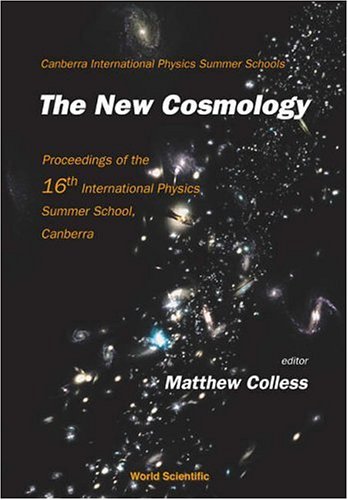
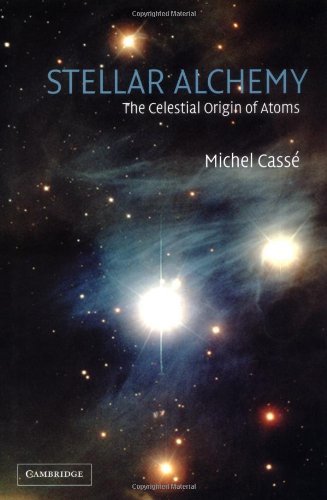
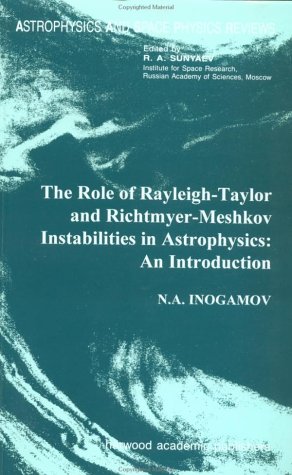
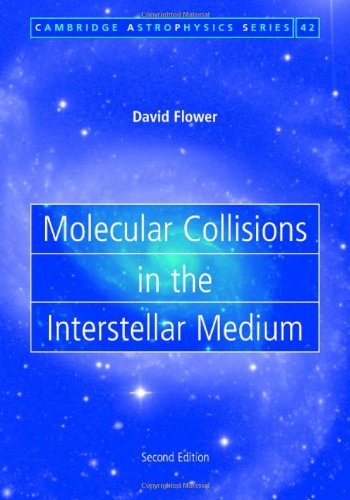
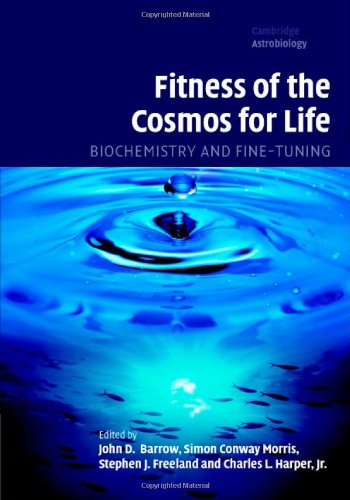
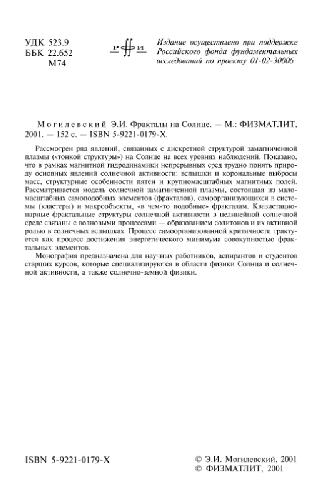
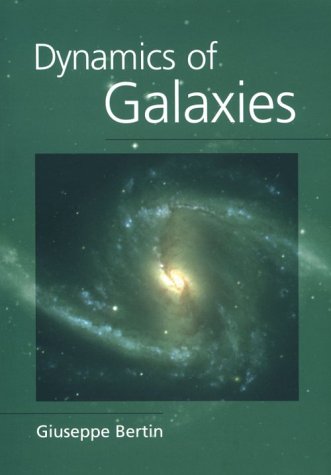
Reviews
There are no reviews yet.